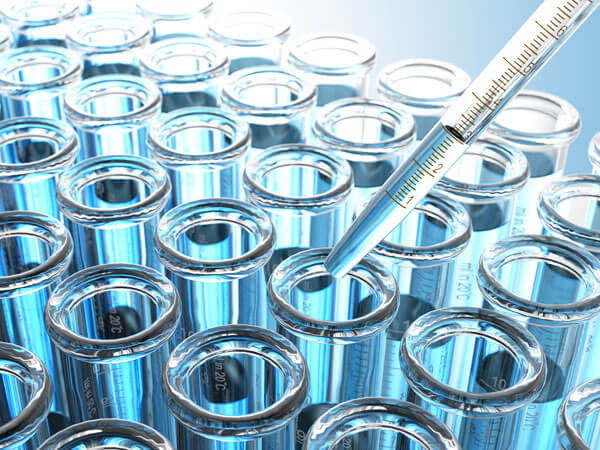What is Dynamic Light Scattering (DLS)?

Dynamic Light Scattering is a technique that can be used to measure physical characteristics about particles in solution below the micron size range, typically in the 10-100 nm range. DLS involves sending a beam of laser light through the sample solution and monitoring the scattered photons at specific angles during short time intervals (microseconds).
Dynamic light scattering differs from Static light scattering by measuring the actual fluctuations of the signal intensity over very short time intervals typically using an autocorrelation system. Small particles move quickly and generate rapid fluctuations in light scattering intensity resulting in short autocorrelation functions whereas larger particles move more slowly. The signal output is a direct representation of the diffusion behavior of the particles in solution and can therefore be used to determine the particle size distribution for the population.
Dynamic Light Scattering determines the following parameters:
- Hydrodynamic Radius, Rh
- Diffusion Coefficient, Dt
Light scattering techniques are “ensemble” techniques as they give a representation for the entire population but do not measure or count individual particles.

